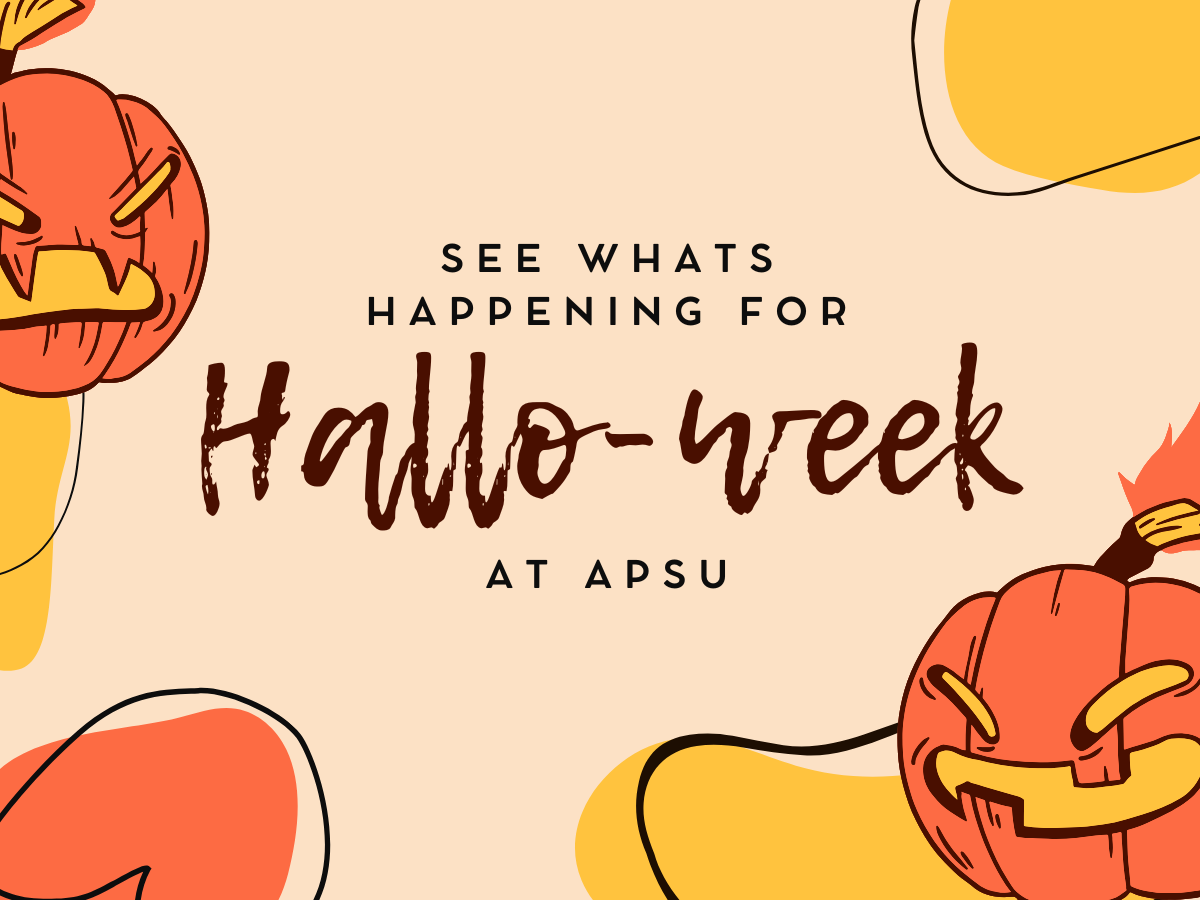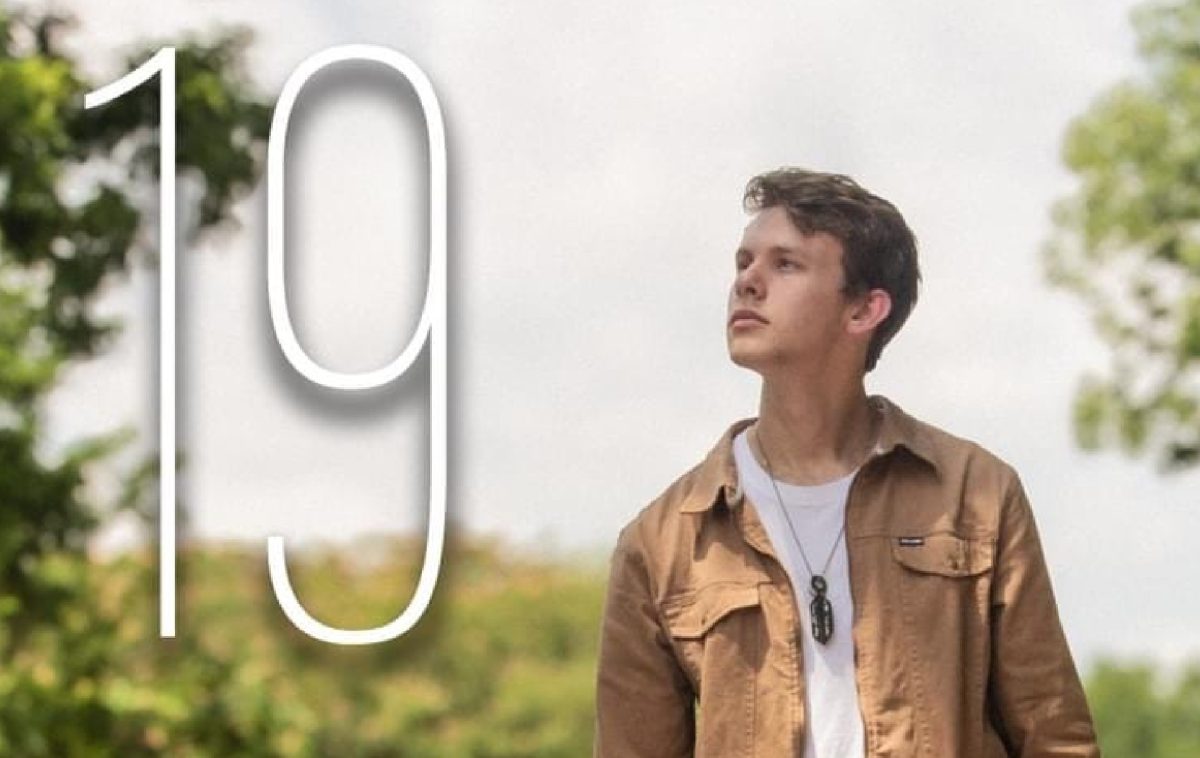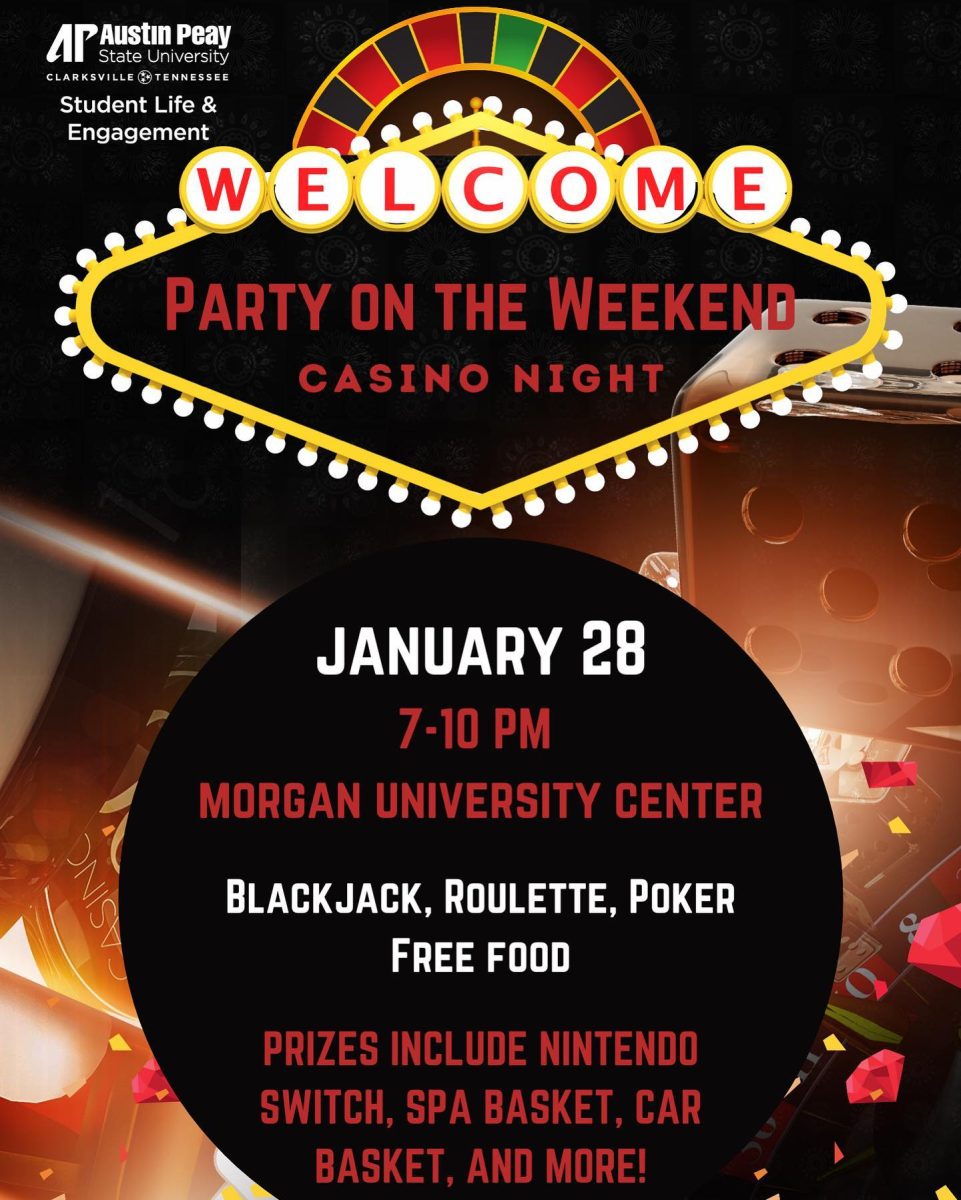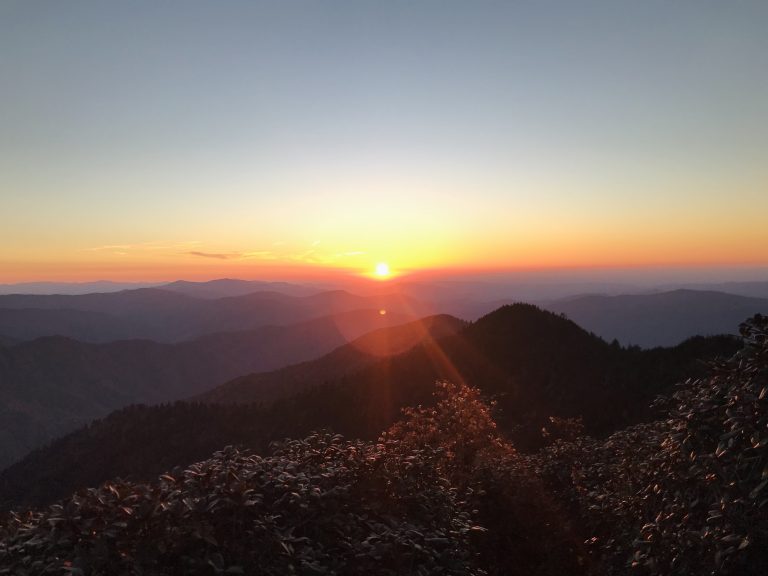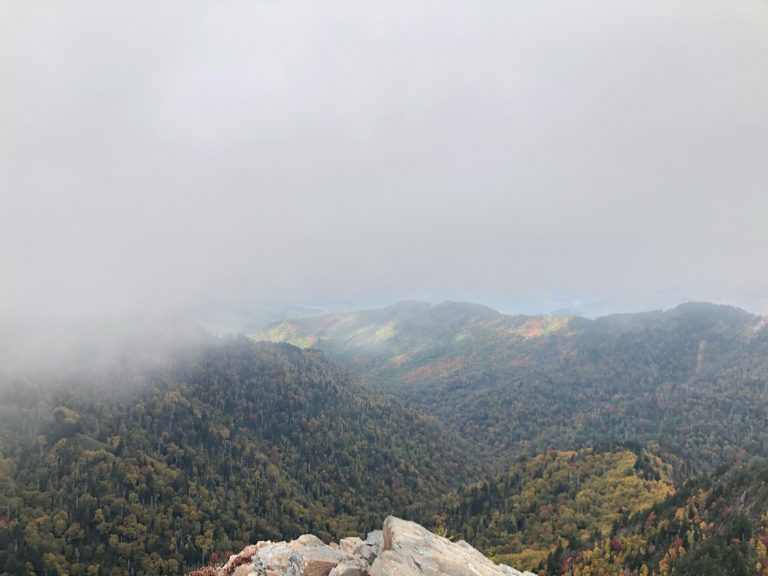Disclaimer: Metal bands have a particular affinity for using bad words that people like Obama aren’t allowed to use because they’re offensive. Unless otherwise indicated, all the links contained below will have instances of these words.
Let me be the first to say I’m not a huge advocate for nu metal. Sometimes it’s done well — read: Rage Against the Machine — but more often than not it seems bands like Attila and their lyrics on being “about that life” seem to clutter this particular musical landscape. The trio of bands that played the Bridgestone Arena Friday, Nov. 21 — Slipknot, Korn and King 810 — proved to be an exception, though.
http://www.youtube.com/watch?v=FMYiJpkp1fI
The first of the three acts was a band called King 810. They hail from Flint, Mich., which has been called the most dangerous city in the US by the Huffington Post, so it’s no wonder the city spawned a metal band whose lyrics revolve around death, murder and violent crime.
Though they were a smaller band, only having four members compared to Slipknot’s nine, King 810 came out as my favorite performance of the night. King 810 was given about a fifth of the stage to perform on, the rest being occupied by the higher-tech stages of Korn and Slipknot. Given their limited resources, King 810 put on a surprisingly good performance and even incited moshing in the pit by smashing a keyboard onstage. During a good portion of their performance, lead singer David Gunn crept around the stage screaming lyrics, resembling a darker version of John Goblikon, or the goblin from metal band Nekrogoblikon. King 810 put on a fantastic performance for what was at their disposal.
Korn took the stage shortly after King 810, and, as expected with a band as well-known as Korn, the energy in the crowd skyrocketed. They dropped the curtain that had a massive version of King 810’s symbol on it to reveal the Korn stage, which consisted of a two-tier deck of flooring that lit up in time with the music. Korn is a widely known band, with multiple platinum albums, chart-topping singles and features from rappers Nas and Ice Cube, so it was easier for them to get the crowd moving than it was for King 810. Korn even performed a cover of metal band Metallica’s 1989 track “One.”
Their tuned-down guitars and screeching vocals boomed through the Bridgestone Arena’s sound system, even when the band messed up. At one point during Korn’s set, a song came to an abrupt end and all the band members looked at each other, confused. They quickly found the source of the issue and revealed the misstep to the audience: “Ray’s fault.” Drummer Ray Luzier had messed up, and his bandmates wasted no time in making light of his accident.
Of the three bands that performed, Korn proved to be the most light-hearted. The band operated as a unit as opposed to just a collection of musicians, and it showed. They elicited the largest response from the audience, who knew the majority of Korn’s lyrics, and Korn seemed to enjoy performing as they have been doing for the past two decades.
The final act and headliners were Iowa nonet Slipknot. Korn left the stage at around 8:45 p.m., and a big silver curtain dropped in front of the stage, obscuring what was being set up for the headliners’ performance. The performers finally came on around 9:20 p.m., following teasers of glowing eyes and pyrotechnics that could be seen through the curtain, and they gave one of the most energetic performances fathomable.
Lead vocalist Corey Taylor kicked off the performance by eerily singing a solo of “XIX” while the curtain was still up. The band than started playing “thrashier” material, and the curtain dropped to reveal one of the most amazing stages I’ve seen at the Bridgestone Arena.
The stage was three-tier, and at any given moment, there were members of the band performing on all three. The stage crew had removed Korn’s fancy light-up stage and replaced it with two separate smaller hydraulic platforms on which the band’s two custom percussionists performed. The platforms would slowly move up and down and spin around during the performance. Percussionists Shawn Crahan and Chris Fehn, who are known in the band as #6 and #3, respectively, had interesting taste in equipment, using things like emptied beer kegs and baseball bats alongside the standard snares and drumsticks.
Behind these two percussionists were the static stages of samplers and turntablists Craig Jones and Sid Wilson, who are known in the band as #5 and #0, respectively. Wilson proved to be particularly adventurous throughout Slipknot’s performance, at multiple times sprinting around the set and hopping from his personal stage to the ramp that led up to the highest tier of the set that held a giant sculpted ram head with glowing eyes and pyrotechnics.
The actual performance was as filled with tuned-down guitars as Korn’s and King 810’s sets. Slipknot performed a medley of their most popular material, with songs like “Before I Forget” — which was included on the 2007 videogame Guitar Hero 3: Legends of Rock — “Duality” and “Surfacing.” Slipknot also performed a few of the songs from their recently released album “.5: The Gray Chapter,” but most notably were the tracks “XIX” and “The Devil in I.”
I may not still be completely sold on these three acts or nu metal as a genre, but I can say I have more of a respect for these artists after giving them a chance and seeing them live. Slipknot in particular is a polarizing group, for the most part having only “mega-fans” or “mega-haters,” for lack of a better term. The connotation of talentless-ness that has been assigned to the band over the years means virtually nothing until the listener allows it to.
TL;DR: Don’t pigeonhole artists just because of what you’ve heard other people say about them.
Have a fantastic Tuesday.
Bonus video: Learn how to play guitar like an a**hole from Slipknot’s lead guitarist, Mick Thomson.


